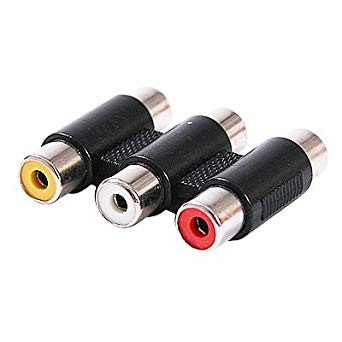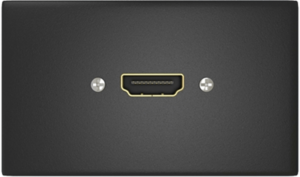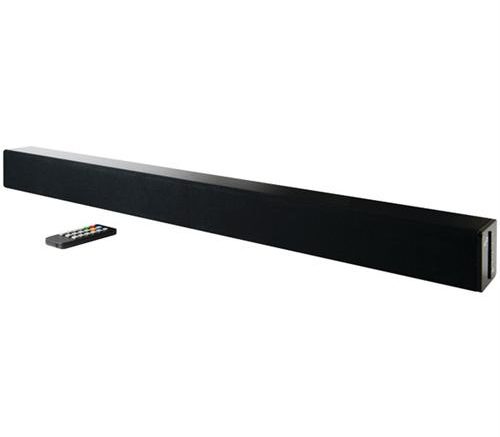Because today’s TVs have crummy sound. Don’t shoot the messenger, it’s just a fact. Even if you buy an extremely expensive TV, it’s going to have tinny, weak speakers. It’s the way things are done in 2018.
Flat TVs don’t leave a lot of room
The average TV today is about 3-4 inches thick. That’s actually thicker than some TVs from years past, but it’s thin enough for most people and having even thinner TVs tends to create a need for other big compromises. While it’s obviously possible to put speakers in a space that small, it can be hard to make them work really well.
Cell phones pack tiny speakers and use exquisite feats of engineering to get the sound that they do get, which still isn’t that good if you’re trying to listen from across the room.
However, there’s a more important reason that TVs have crummy speakers.
You don’t care about the speakers when you buy the TV.
If you’re like most people you bought your last TV by cruising the aisles of the local big box or club store looking at the big, bright screens. You bought the one that was the right size at the right price. Maybe you bought it because it looked the coolest. But, at no time did you actually turn the sound up on the TV when you were shopping.
Even if you bought a very expensive TV, you still didn’t listen to it. Of course that’s because you wanted to put it in as part of a complete home setup that included really amazing sound that you bought separately.
So, here’s what you do.
You buy a sound bar. Sound bars, even though they’re not terribly thick, have multiple speakers and a lot more open space inside them. That open space can be used to create a nice, full sound. Doing this with a TV would require that the TV be bigger and possibly have a large bezel at the bottom.
You have several choices when it comes to a sound bar, and it’s really up to you to decide what you want to do with it.
Inputs: RCA, optical, or HDMI

RCA connectors like these are exclusively for hooking up older devices. They’re not used anymore for newer stuff, because they don’t carry surround information and the quality of the audio isn’t very good by today’s standards.

Optical connections like this transmit surround information and the quality is quite good. However optical connections are also generally used for older equipment because it’s no longer necessary to separate out the audio from the video signal in the connection process. If your TV has an optical out, you can use it but some TVs do not put true surround sound over the optical port.

HDMI connections are often the best way to go if you have the option. You use the same cable as you would use for any other purpose, but the TV sound travels through it using a technology called HDMI-ARC. This is the most flexible method and delivers the best quality.
Bluetooth or no Bluetooth
If you are thinking of using the sound bar for a phone or other small device, consider getting one with Bluetooth built in. While Bluetooth doesn’t deliver the audio quality of HDMI, it’s often the best way of dealing with small devices because it’s completely wireless. However, adding Bluetooth can add expense so it’s not something to add unless you think you’ll need it.
Subwoofer or no subwoofer
If you really want to feel “dat bass” you are going to want a subwoofer. A subwoofer is a separate box that does nothing but provide extra bass. This lets the sound bar councentrate on providing clear, sharp midrange and treble.
“Surround” or no surround
Many sound bars use fancy tricks to give you the impression of surround sound. This technology is quite good and in many cases if you’re sitting in the right place it’s impossible to tell the difference between simulated surround and real surround. However a real system, with multiple speakers situated all over the room, is always going to sound better. Simulated surround might be enough though, and it’s always going to be better than no surround at all. Choose a sound bar with simulated surround if you watch a lot of movies.
Get a great selection of sound bars.
Of course, you can find a fantastic selection of sound bars for pretty much every need by shopping at Solid Signal. My advice is to get the sound bar that matches your needs. If you have a big TV, get a big sound bar. It will look better and the extra size will allow for a fuller sound. If you’re just listing to stuff of your phone, a smaller sound bar will really be enough.





